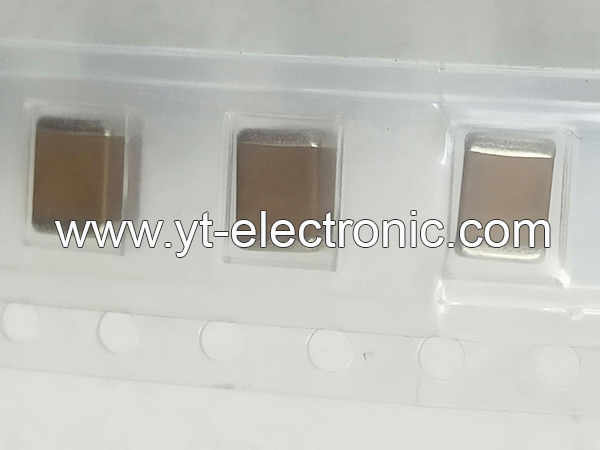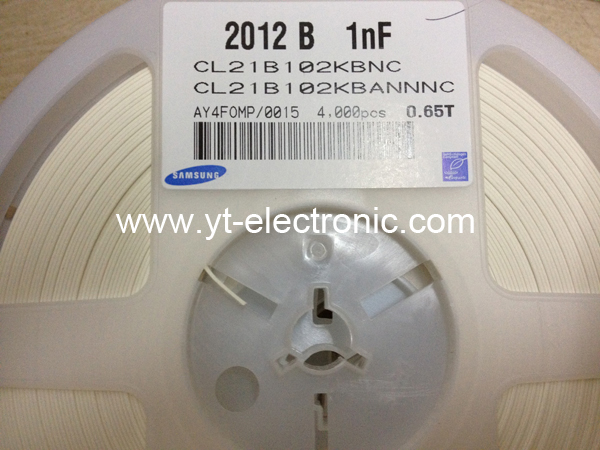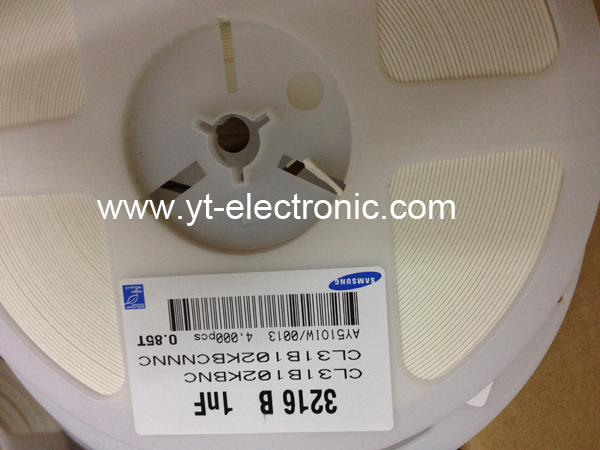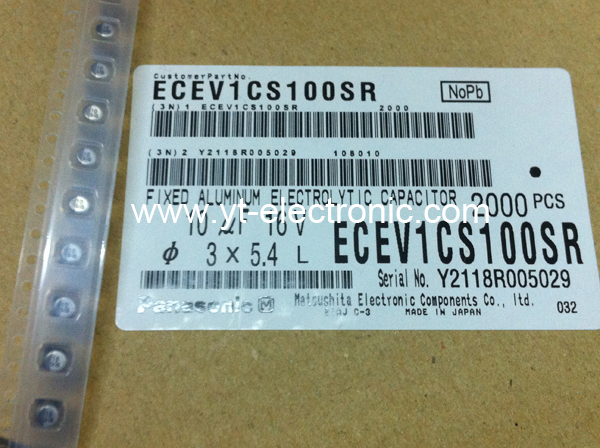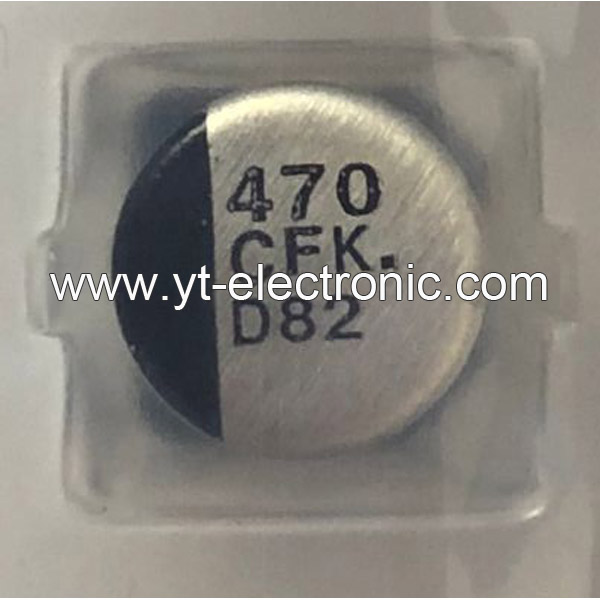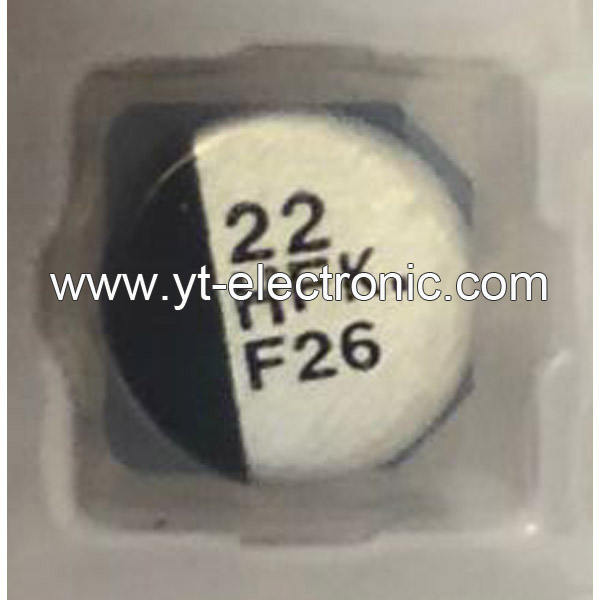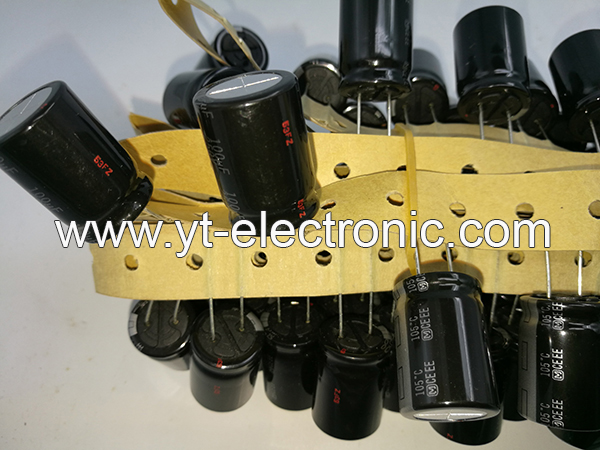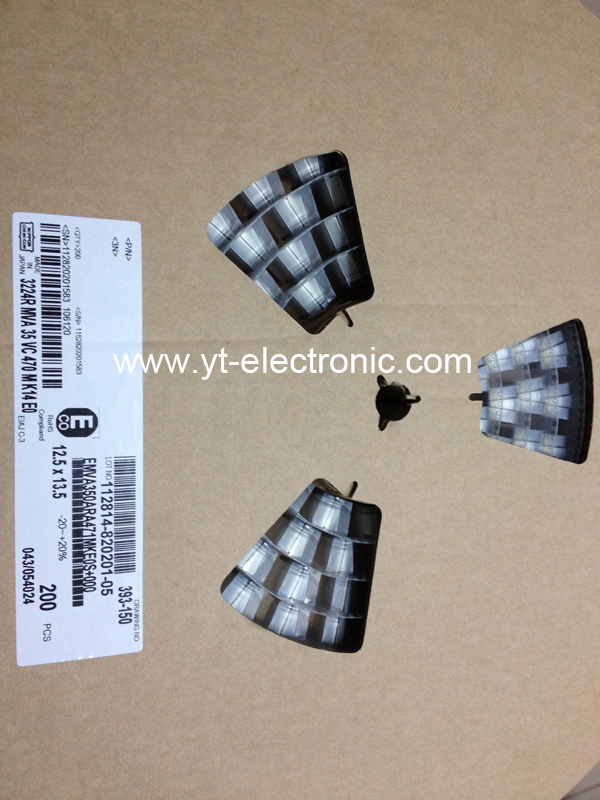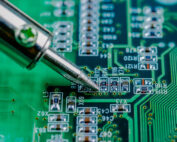Capacitors
Capacitors play a vital role in electronic circuits. Reasonable selection and use are the keys to ensuring circuit performance.
1. Capacitors Overview
A capacitor is a passive electronic component consisting of two conductors (plates) close to each other and a non-conductive insulating medium (dielectric) in the middle, used to store charge and electrical energy. Its core function is to achieve temporary storage and release of energy through the charging and discharging process.
The calculation formula of capacitance (unit: Farad, F) is:
C=εS/4πkd
Where ε is the dielectric constant, S is the plate area, and d is the plate spacing.
2. What are the Core parameters of Capacitors?
Capacitance: There is a tolerance between the nominal value and the actual value, and the accuracy is usually 5%~25%.
Rated voltage: The maximum voltage limit for the normal operation of the capacitor.
Dissipation factor: Reflects the energy loss of the dielectric material and the equivalent series resistance (ESR).
Temperature coefficient: The effect of temperature change on capacitance, expressed in ppm (parts per million).
Leakage current: Determined by dielectric insulation performance, affecting long-term stability.
3. What are the Types of Capacitors?
1)Differentiation by polarity:
Non-polar capacitors: Such as ceramic capacitors and film capacitors, which can be installed in any direction, but have a small capacity.
Polar capacitors: Such as electrolytic capacitors (aluminum electrolytic, tantalum capacitors), which have large capacity but must strictly distinguish between positive and negative poles.
2)Differentiation by structure:
Fixed capacitors: The capacitance is immutable.
Variable capacitors: Change the plate spacing or area through mechanical adjustment.
4. What are the Functions and Applications of Capacitors in Circuits?
Power supply filtering: Smooth voltage fluctuations and suppress high-frequency noise.
Signal coupling/decoupling: Block DC components and transmit AC signals.
Energy storage and tuning: Used in resonant circuits, energy buffering and other scenarios.
Timing control: Cooperate with resistors to realize RC charging and discharging delay function.
5. The Selection and Use Precautions of Capacitors
1)Voltage margin: The rated voltage must be higher than the maximum operating voltage of the circuit.
2)Temperature adaptability: A model with a stable temperature coefficient must be selected in a high-temperature environment.
3)Polarity judgment:
The short pin or the shell mark "-" is the negative pole of the electrolytic capacitor.
The dark end of the tantalum capacitor is the negative pole.
4) Installation form: The direct plug-in type is suitable for manual welding, and the SMD type is suitable for high-density PCB layout.
6. Which Brands Have the Best Capacitors?
CHEMICON
NICHICON
YAGEO
TDK
AISHI
7. Capacitors FAQs
(1) How to Use Tantalum Capacitors Safely?
Avoid overvoltage or reverse voltage, otherwise, it may cause overheating or even short circuit;
Some models support short-term over-temperature applications, but the derating guidelines provided by the manufacturer must be followed.
(2) How to Choose Capacitors in Circuit Design?
Low ESR capacitors (such as conductive polymer capacitors) should be preferred in power supply filtering scenarios to improve efficiency;
High-frequency circuits need to consider the impact of ESL, and it is recommended to use multi-layer ceramic capacitors or low-inductance packages.
(3) How to Maintain Capacitors?
Tantalum capacitors usually have a long shelf life in unopened original packaging, but humid environments should be avoided to prevent oxidation.
(4) How to Choose the Capacitance Combination of Bypass Capacitors?
In high-frequency power supply design, it is usually recommended to use multiple capacitance values in parallel (such as 0.01μF and smaller capacitance capacitors) to cover the noise suppression requirements of different frequencies and add large-capacity capacitors (such as 10μF) at the power supply entrance to stabilize the power supply.
(5) What are the Advantages of Temperature-compensated Ceramic Capacitors?
Temperature-compensated ceramic capacitors (such as C0G material) have almost no capacitance change over a wide temperature range and are not affected by DC bias, making them suitable for high-precision scenarios such as high-frequency filtering and oscillation circuits.

